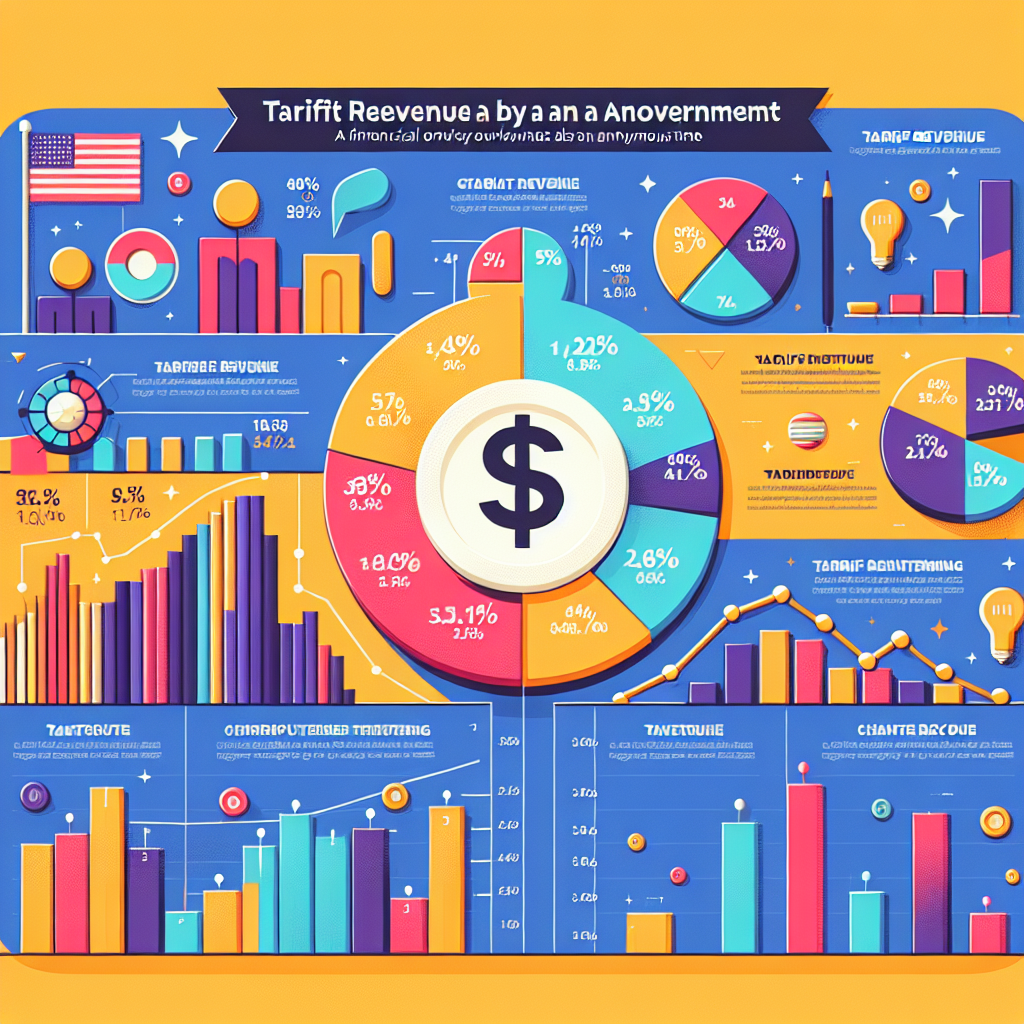US Revenue from Trump’s Tariffs: A Financial Overview
US Revenue from Trump’s Tariffs: A Financial Overview
Introduction
The imposition of tariffs during the Trump administration has been a significant economic policy, aimed at reshaping trade dynamics. This overview examines the financial impact of these tariffs on US revenue, providing insights into their effectiveness and implications.
Key Revenue Insights
- Increased Revenue: The tariffs have generated substantial revenue for the US government, with billions collected from imported goods.
- Targeted Goods: Major revenue sources include tariffs on steel, aluminum, and a wide range of Chinese imports.
- Economic Impact: While revenue increased, the tariffs also led to higher costs for American businesses and consumers, affecting overall economic dynamics.
Impact on Trade Relations
The tariffs have significantly influenced US trade relations, particularly with China, leading to a series of negotiations and retaliatory measures. This has reshaped global trade patterns and prompted discussions on trade policy reform.
Long-term Implications
- Policy Shifts: The tariffs have sparked debates on the future of US trade policy and the balance between protectionism and free trade.
- Business Adjustments: Companies have had to adapt to the new tariff landscape, with some shifting supply chains to mitigate costs.
Conclusion
The tariffs introduced during the Trump administration have significantly increased US revenue from imports, but not without economic repercussions. While they have reshaped trade relations and prompted policy discussions, the long-term effects on the US economy and global trade remain a topic of ongoing analysis and debate.














